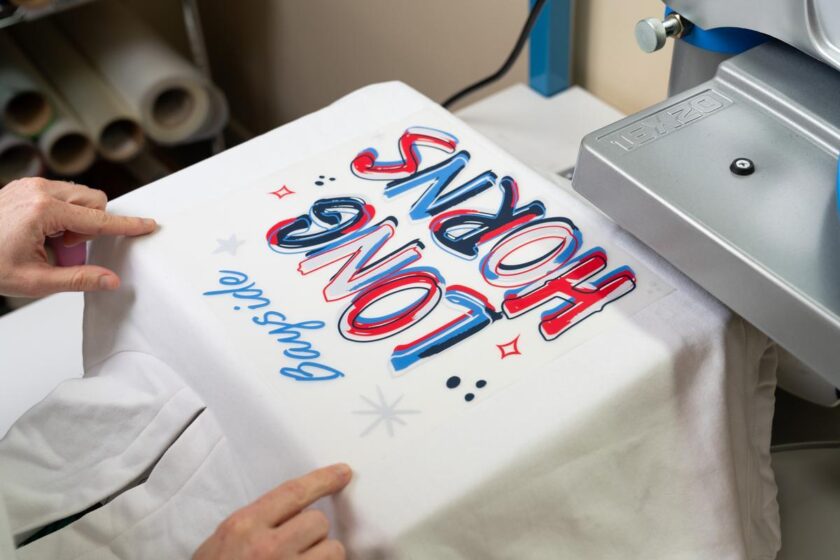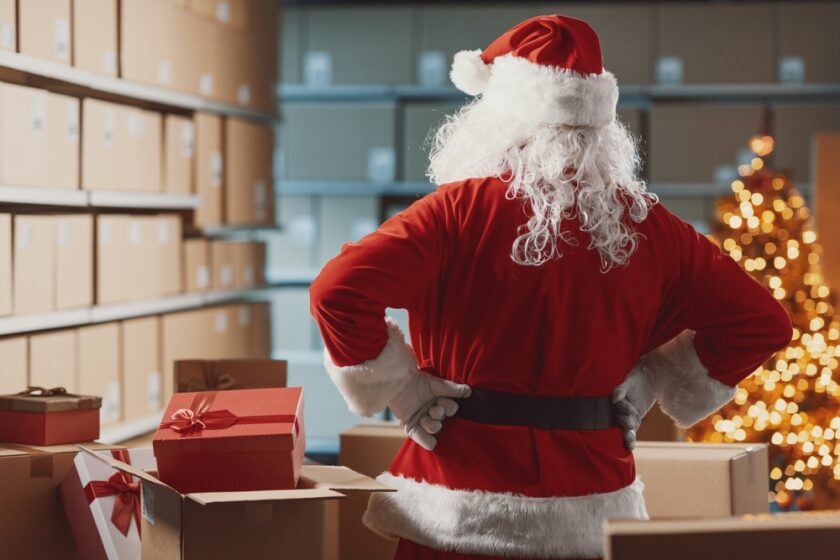
Print-on-demand (POD) is seeing explosive growth, driven by easy-to-use e-commerce platforms like Amazon, Etsy, Shopify, and TikTok Shop. As more and more customers want personalized and unique items in small quantities, POD makes offering these products possible.
Since POD allows businesses to decorate products only when orders come in, there is no need for bulk inventory or large upfront investments. This gives decorators a pathway to cost-effective, fast, and adaptable decoration methods that can accommodate small runs and full-color designs.
“POD is ideal for e-commerce entrepreneurs, decorators, promotional product providers, side hustlers, artists, and niche brands who want to launch or sell products fast and at low risk,” says Josh Ellsworth, chief revenue officer at STAHLS’, PRINTING United Alliance member. “With the demand for more niche items in smaller quantities, POD allows businesses take on these orders with a profit.”
The Best Imprinting Methods for POD
Traditional imprinting methods aren’t as well-suited for POD due to higher setup times and costs. Digital, heat-applied methods, such as direct-to-film (DTF) transfers, screen-printed transfers, emblems and patches, and heat-transfer vinyl, are better suited for POD’s small-run, high-customization nature.
Heat-applied decorating methods allow businesses to print transfers ahead of time and apply them when orders come in, streamlining the fulfillment process. DTF transfers and other heat transfers require minimal setup, offer low per-piece costs, and can achieve full-color designs with quick production.
“Utilizing methods to print ahead or stocking transfers that customers can choose when they come in are great ways to create leaner fulfillment models,” Ellsworth says. “DTF and other heat-transfer types require minimal setup, with low costs and no minimums, and are ideal for full color designs.”
Heat transfers can be applied to a wide variety of products, including T-shirts, hoodies, hats, totes, home décor, and more. POD businesses can easily manage varying order sizes, whether it’s a single item or 100, without complications. Integrating POD workflows with e-commerce platforms like Shopify or OrderMyGear is straightforward, making it easy for new sellers to enter the market. This also offers a lower risk for new sellers and is simple to learn, even for hobbyist decorators or artists.
Read the rest of this story on Apparelist.



